Have you ever dreamed of a world where machines think? Where they learn on their own, acting and executing tasks without human intervention? That’s the goal of developing AI agents, and it may not be as far off as you think. In fact, you’re likely using AI agents today already—in everything from the voice agent on your iPhone (Siri) to autonomous vehicles—and it’s all geared toward making life easier with some problem-solving abilities that human minds tend to corrupt.
So, what are AI agents? How do they work? And why should you care? In this article, we will analyze everything you need to know about AI agents and their practical applications to help you answer the questions surrounding this topic.
Table of Contents
What are AI agents?
Definition of AI agents
An AI agent is a software entity which perceives its environment and acts and decides to accomplish specified goals without human intervention. AI agents differ from non-AI agents because they are not programmed to execute particular tasks in a cause-and-effect order. An AI agent works almost like a collaborator in the moment.
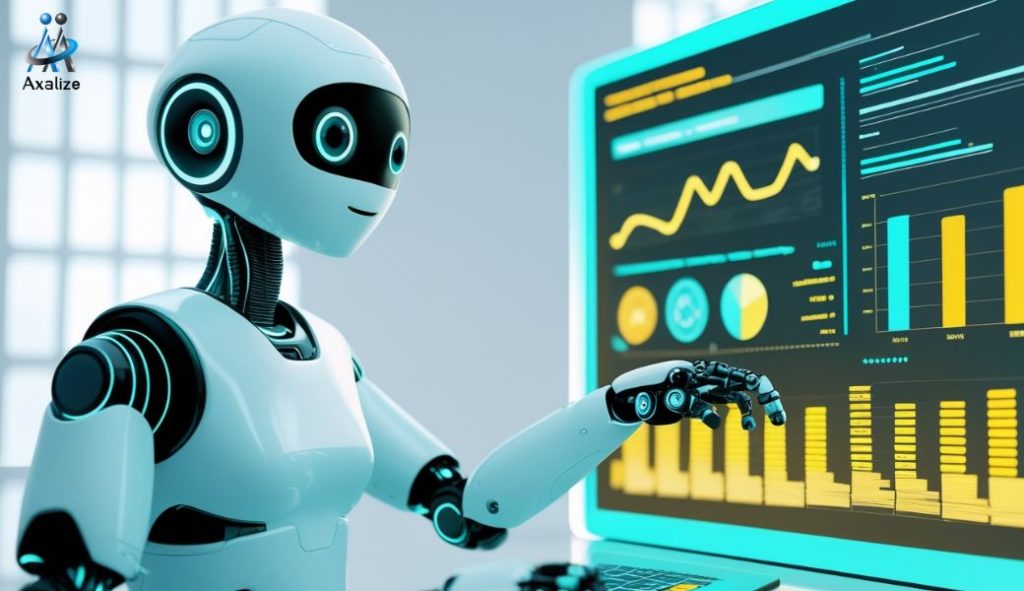
For example, in coding, AI agents could read the requirements independently, meaning not only do they code, but they also debug and adjust in the process. If a coder wants a specific result, the AI senses the want, creates the result code, and checks to see if it complies with cybersecurity standards. Furthermore, if the AI agents find a glitch or a suggestion for increased efficiencies, it can automatically submit the change—and do it itself—as long as it’s within the permissions granted by the coder. However, if it’s outside the abilities’ scope, it will submit it to the coder for human review.
Characteristics of AI agents
Three characteristics of AI agents that render them effective in a variety of situations include: control, learning, and communication:
- Autonomy: They operate without constant human input.
- Adaptability: They adjust to new data or changes in their environment.
- Interactivity: They engage with users or other systems to complete tasks.
What is the difference between Advanced AI agents and other AI technologies?
Advanced AI agents stand apart from other AI technologies like chatbots and virtual assistants due to their advanced autonomy and decision-making abilities. The primary differences stem from their operational complexity and independence.
| Criteria | Advanced AI Agents | Chatbots | AI Assistants |
| Definition | This is a highly autonomous system that perceives complex environments, processes diverse data, and acts independently to achieve sophisticated goals. | This is an AI focused on conversation, responding to user queries or requests based on predefined rules or simple logic. | This is an AI that assists users through commands, providing information or performing tasks with user guidance. |
| Complexity | High The system handles complex, multi-step tasks requiring advanced reasoning. | Low The system processes only simple responses or follows fixed rules. | Moderate The system manages multiple tasks but requires clear user instructions. |
| Autonomy | High The system makes decisions and acts with almost no human intervention. | Low The system reacts only when triggered by user input, not acting on its own. | Moderate The system suggests actions but needs user approval to proceed. |
| Context Understanding | Deep The system deeply recognizes complex patterns, social cues, and long-term contexts. | Limited The system understands only the current query, lacking broader awareness. | Good The system grasps user habits well but doesn’t proactively handle larger contexts. |
| Learning Ability | The system learns continuously through machine learning, adapting well to new data and environments. | The system learns minimally, mostly staying static or gaining basic improvements. | The system learns from user interactions but has limited adaptability. |
| Examples | Self-driving cars (Tesla), automated financial trading systems. | Customer support bots (FAQs), order chatbots. | Siri, Alexa, Google Assistant. |
In general, while chatbots and AI assistants stand out at reacting and assisting, advanced AI agents take the lead with their ability to think, decide, and act on their own.
What are the components of AI agents?
AI agents may look different based on deployment;
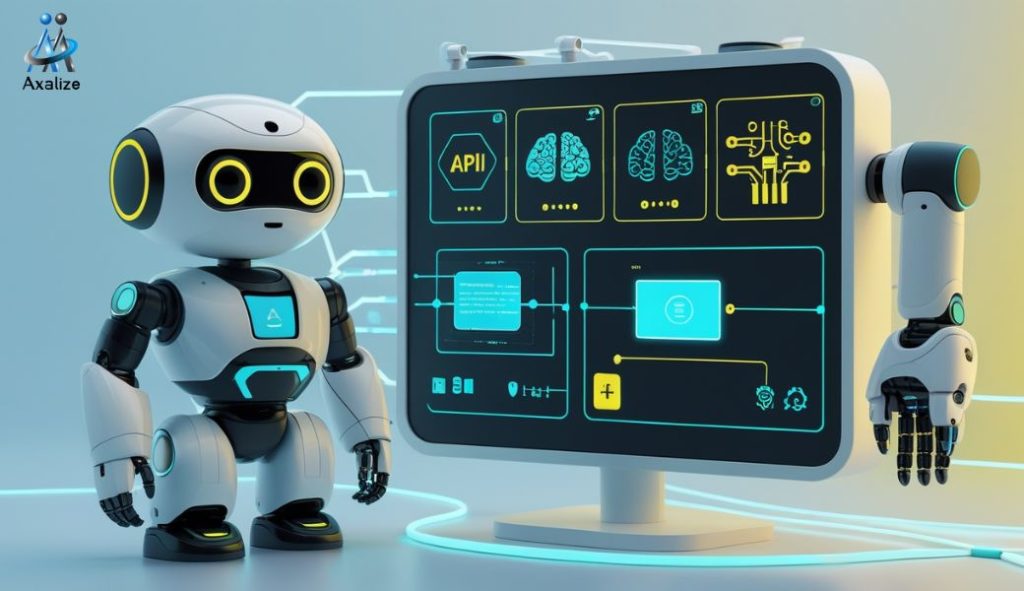
However, there are 5 key components:
- Agent-centric interfaces: These are the protocols and APIs which allow the agent to interact with a user, databases, sensors, and/or other systems, making the agent capable of achieving perception for its environment.
- Memory module: This is the short-term memory for knowing what was just said or what the current situation is, and a longer-term memory for knowing factual information about previous interactions. Without memory, every encounter would be a brand new one where the user has to start from scratch.
- Profile module: This is the enumeration of the characteristics of the agent, its place in the world, intentions, and proclivities of operation.
- Execution module: This is the Large Language model (LLM) or Smail Language model (SLM) that the agent uses to determine what to do based on the user prompt plus memory and identity inputs from which it can deduce logical, relevant next steps.
- Action module: These are the APIs and system integrations that make up all potential actions within the AI agent’s world of possibility. Sensors are the feedback systems that enable the agent to make changes in its environment, whether that’s physical or digital.
How AI agent works
AI works through a basic feedback loop of watching, wanting, doing, and learning.
- Watching: AI is always watching. It collects data when you speak to it; it analyzes when it assesses success; it counts when it reads a thermometer or gets your geographical position. It watches and remembers from past interactions to create a quasi-spatial awareness that allows it to operate more effectively over time and across projects. For example, an online customer service chatbot remembers what you asked the last time you visited to correctly answer what you’re asking this time.
- Decision making: From there, they use language models to figure out what to do. These models understand what’s needed based on the posed challenge—and with intention understanding from context and memory—produce the best response. For instance, an agent, with nothing but your question of “Where is my order?” choosing on its own to search the inventory or notify the warehouse.
- Doing: Once the input occurs, the AI agents start doing. They connect with whatever needs connecting—to a CRM, an order database, another agent—to accomplish the task at hand. If something isn’t clear, they’ll ask you to clarify; if they see a mistake, they’ll fix it right then and there. Imagine, an agent setting up a meeting for you sees a conflict and reschedules right then and there without you even having to lift a finger.
- Improving: AI agents improve every time they do. They assess what was done right, they reassess and reposition, becoming even more helpful in the future. For example, a delivery agent figures out a better route after having delivered packages for a week and makes every delivery easier from then on.
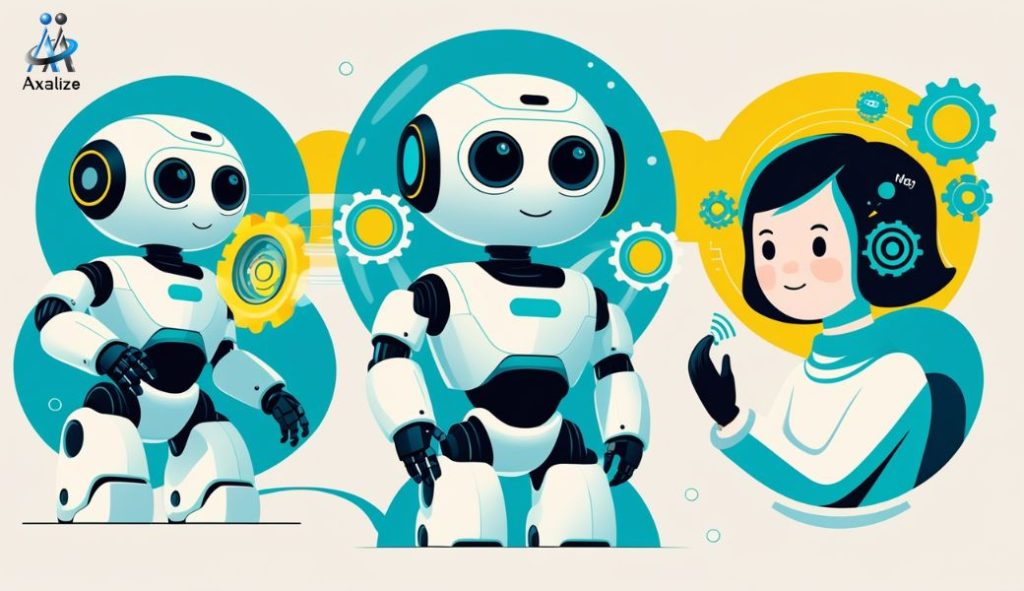
Ultimately, AI agents are the ideal collaborators who work with you—they listen, they organize, they implement, and they constantly learn how to use evolving information for completed tasks—with a hint of originality.
What are the types of AI agents?
AI agents range in complexity along a spectrum. Basic agents are better for small-scale situations while complex agents are better for larger challenges.
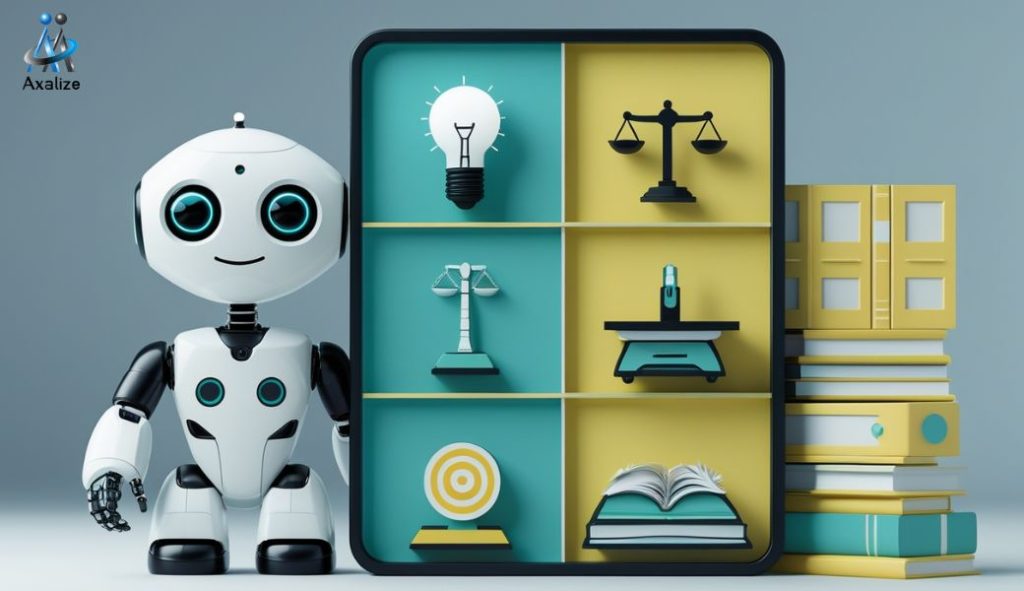
For instance, five agents from least complex to most include the following:
Simple Reflex Agents
These are the most basic types of agents. They only know what is going on in front of them at that very moment and act according to preprogrammed rules. They have no memory and cannot account for anything that is out of the ordinary; they work best when something is already established and known from the outset.
Example: A dimmer light which dims when it senses a lot of sunlight coming through the window.
Model-Based Reflex Agents
These agents combine current observations with a stored world model, updating it as new info comes in. They rely on rules and memory, working well even when some details are hidden.
Example: A smart sprinkler that adjusts watering based on past rain data and current weather.
Utility-Based Agents
These agents pick actions that maximize a “reward” score, calculated by weighing factors like speed or cost. Such systems determine which option would benefit the user most by processing advantages according to certain factors (e.g., costs versus time efficiency). They’re most successful when many options exist on the journey to a specific destination.
Example: An airline ticketing agent who can get you the least expensive fare, but it’s a multi-flight layover with a six-hour stopover, or the more expensive one that’s non-stop; it gives you the best choice after processing everything.
Goal-Based Agents
These agents work with a necessarily structured world model with goals already established. They know what has to be done to get to the end and therefore can calculate necessary actions before any action even occurs. They are like reflex agents, but more complicated with an ability to remain flexible.
Example: A workout and training app that informs you of what exercises to complete based on how many steps you hope to get to.
Learning Agents
These agents utilize learning over time and based on experiences to add to their library of possibilities from previously learned information. They experience one domain through learned interactions, feedback, an action menu, and new solutions to problems.
Example: A music app that creates playlists based on songs you skip for songs you like after a length of time.
What are the benefits of AI agents?
AI agents have significant advantages and represent a paradigm shift in practical business applications. The benefits are considerable across the board in efficiency and customer care.
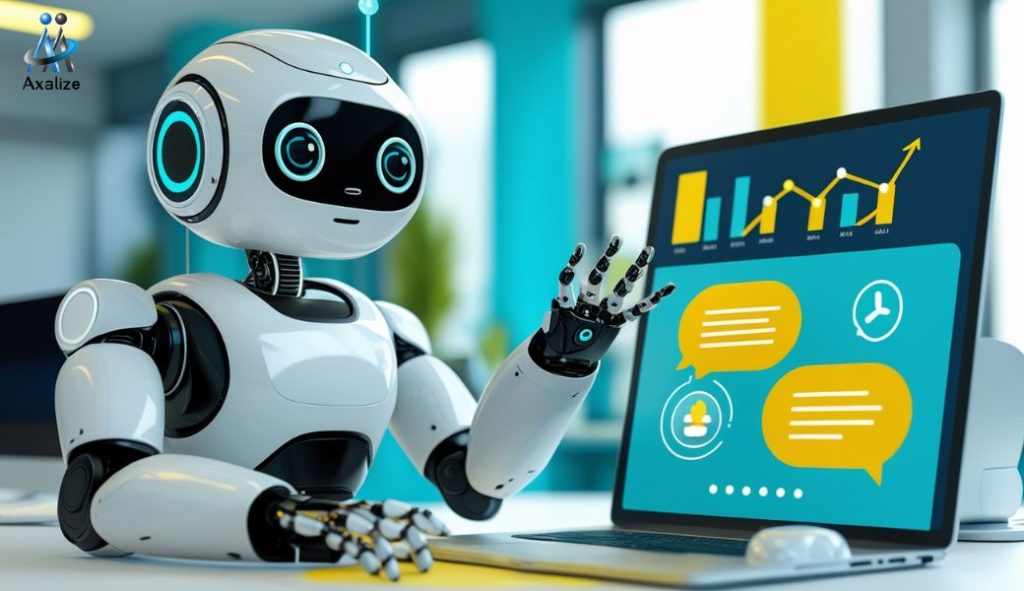
The primary advantages include:
- Greater efficiency: AI agents can multi-task or have multiple communications at the same time – something a human is incapable of. For example, an AI customer service agent can field multiple inquiries at once, such that no one customer has to be placed on hold.
- Never off the clock: AI representatives go on no holidays and no sick days; they sleep for no one; they can cater to customer needs at any hour—even when the brick-and-mortar store is closed. This can significantly boost customer satisfaction for those with global companies or those who need help during off-hours.
- Personalized interaction: AI knows prior interactions, past purchases, and buying habits; it can suggest items. If someone likes one category, the AI can suggest similar items in that category. It makes the person feel appreciated.
- Scalability: When businesses grow, they always have more work. AI agents can handle more engagement without the need or desire for additional human staffing or hiring. Thus, businesses can maintain low service levels without a ridiculous overage fee.
- Data-driven insights: AI agents track customer engagements and analyze buying trends and product usage on websites. Thus, businesses can realign any marketing pushes or changes to products based on demand. It’s a better sense of how well the business is going and what’s needed for change.
These benefits illustrate how AI agents facilitate operational efficiency, proper customer interaction, expansion and scaling at one’s leisure, and informed decision-making within a business context.
What are the challenges of using AI agents ?
While there is much to gain from AI agents, there are also disadvantages that, if not remedied, will inhibit business value. Awareness of disadvantages fosters intended use and therefore, more successful AI agents:
- Ethical considerations: When the data generated to train the AI agents is imperfect, the AI can render unethical decisions. For example, an AI used for hiring might seek specific employees if its decision-generating training data is skewed. Therefore, the best course of action for a company is to use a varied, educated training set to avoid ethical considerations.
- Essential human intervention: AI is not meant to be autonomous. There will be a required continual human intervention and assessment to ensure it’s learning in real-time, context-appropriate, and ethically. For example, an AI created for customer service that has learned but misinterpreted is giving wrong and confusing responses; humans must reassess AI and retrain sooner rather than later to ensure it functions correctly in the future. Thus, certain fields will need to staff appropriately trained individuals to operate and oversee AI creations.
- Transparency and explainability: Due to the complexity of algorithms behind AI agents, the average individual may not understand how and why certain decisions are rendered. This fosters distrust in the systems and makes it difficult to correct mistakes when they happen—mistakes that could be costly in medical settings or financial applications. For example, if an AI denies a person a loan, it needs to communicate in layman’s terms why it is denying the loan so that the end user knows why (and can either appeal or apply elsewhere). Thus, companies must ensure that the AI systems they buy or integrate are as transparent and somewhat explainable as possible.
These challenges highlight the importance of using AI agents carefully. By addressing ethical concerns, providing oversight, and ensuring transparency, businesses can enjoy AI’s benefits while minimizing risk.
What are the applications of AI agents in business?
AI agents are found in industry everywhere efficiency can be met, customer experience improved, and experimentation and innovation accessed.
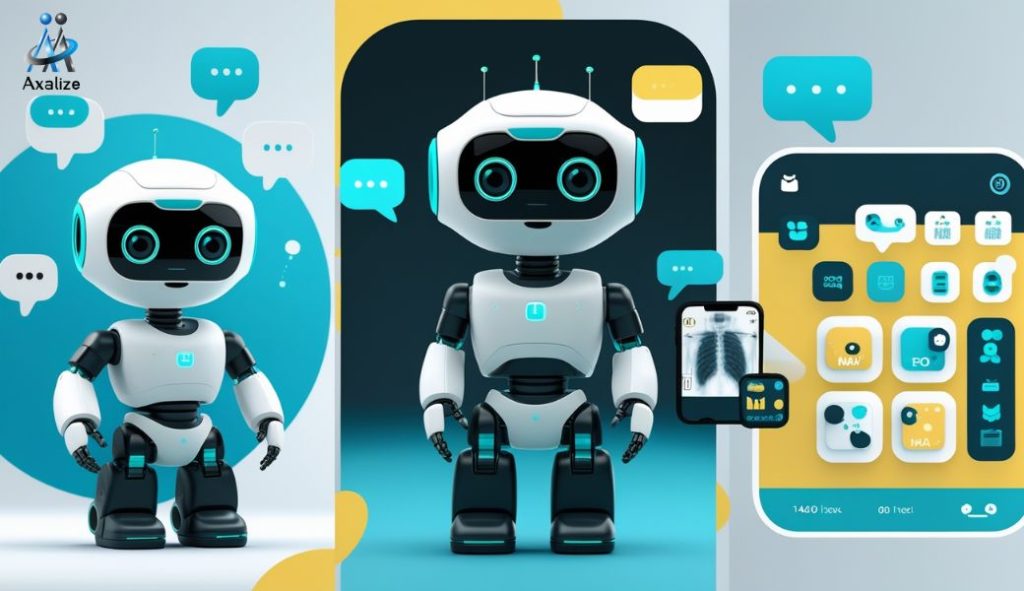
- Marketing: AI agents write social media posts or product descriptions while running marketing campaigns based on findings of ideal demographics from customer data. They streamline marketing efforts and ensure that the message gets to the right person at the right time.
- Customer support: AI agents exist as virtual assistants and chatbots who answer basic questions about items, order status, or FAQs. They enable staff to focus on more complex issues while improving the customer experience at the same time.Banking: AI agents expose fraudulent claims and nefarious charges while detecting anomalies in transaction patterns. They offer customized banking solutions, from a particular investment opportunity to a method of putting away money, based on prior banking history and future intentions.
- Medicine: AI agents render medical diagnoses by examining X-rays or MRIs and analyzing available patient information. They create tailored treatment regimens based on unique situations to provide the highest probability of success.
- Shopping: AI agents provide product recommendations without being asked based on prior purchases or things browsed. Chatbots answer customers’ questions and help them purchase specific items, guiding them through the process for a seamless and pleasurable endeavor.
These examples show how AI agents are positioned to work across industries and for different tasks. Once the necessary risk mitigation and governance measures are in place, the sky’s the limit for what AI can do.
After understanding the above information, the answer to the question “What are AI agents?” becomes clearer. They are smart systems that can observe, decide, and take action to reach goals, transforming many fields from entertainment to healthcare. AI agents are tools that make daily life easier and businesses run more efficiently. As AI agents continue to improve, knowing what they can do and the challenges they face will help us stay in step with today’s tech revolution and create a future where AI brings benefits to everyone.
Are you looking to bring AI agents to your company? Look no further than Axalize! We are experts in IT outsourcing, and our AI agents will help you with efficiency and customer engagement! Visit Axalize today!